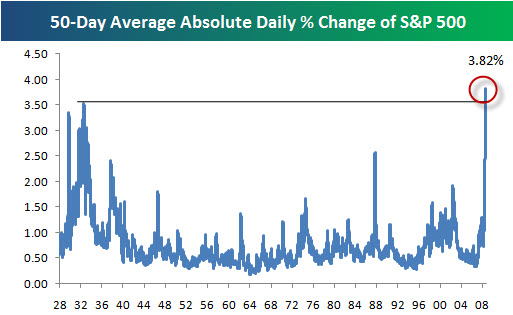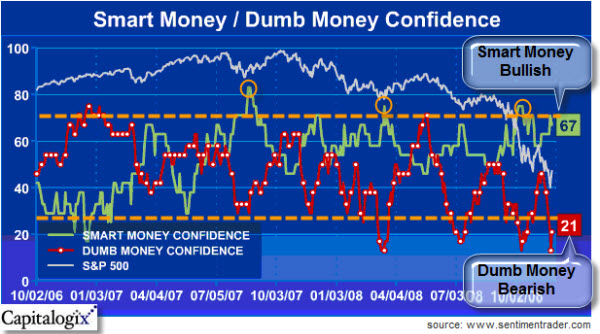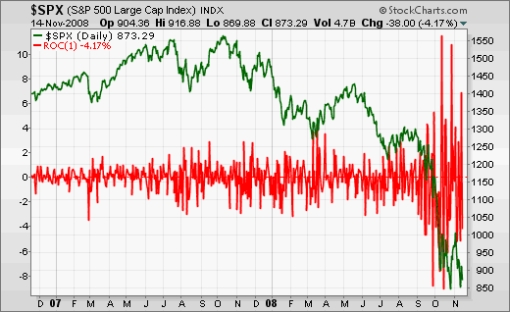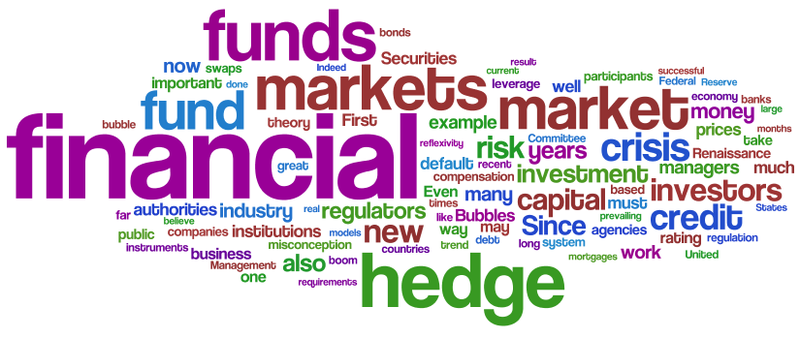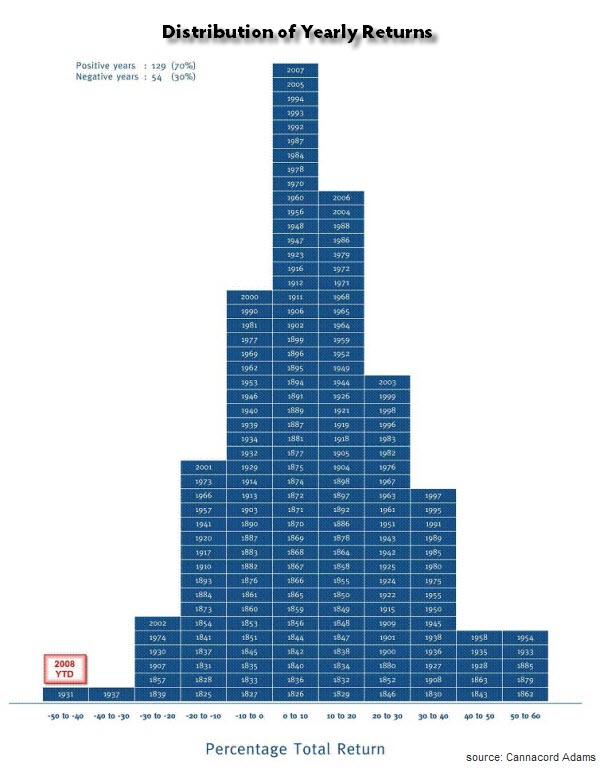
I recently took a course called QuantumThink. It was interesting and different than many other courses I had taken.
It
laid out a number of techniques and exercises that helped me
distinguish when I was acting automatically (rather than consciously)
and unnecessarily limiting my sense of opportunities, options, or even
what was possible.
Frankly, I was surprised by how many of my
thoughts, beliefs, and decisions were the result of unconscious habits
or predictable patterns of behavior.
An Example.
One exercise helped me recognize how fragile my focus had been. Imagine
trying to listen to your favorite song. How long do you think you could
truly do that without losing focus and having other thoughts intrude
(without thinking about your to-do list or other songs that you like,
or who you're going to meet with later in the day, etc.)? For me, the
answer was not that long.
More importantly, I recognized that
when I'm not aware of my focus, it often wanders. And I get distracted
easily. Soon I recognized that this happened to me while talking to my
wife, while listening to a telephone call, even when ordering food at a
restaurant. How can I lose focus on the waitress while I was ordering?
Apparently, quite easily.
How About You?
When you're listening to someone talk to you, are you really listening
to them – or are you checking e-mail, texting, browsing a website,
watching TV, playing a game, or thinking about what you're going to
say? Be honest with yourself; how often are you fully
present? For me, the answer was not nearly enough.
Try
listening to one song with your full attention and focus. Now, imagine
how different a conversation with someone important to you would be if
you were consciously aware of your intent for them to experience being
heard the whole time they were speaking to you. Maybe it is easier to
imagine how different it would be for you if someone was fully present
when you talked with them?
I suspect that this is an area where
many people exhibit a similar weakness. I say that because discussing
this with several friends and family members resulted in big changes in
our interactions.
This was a small example, and there are lots
more. Even this single distinction can make a material change in your
life, if you let it. So give it a try; and visit this website to learn more about QuantumThink.


